In whitening devices, whitening cycle variations—differences in treatment duration and frequency—directly affect final shade improvement. Meanwhile, frequent low-battery alerts interrupt the process, leading users to question what constitutes an “effective cycle.” The root causes span chemistry, device power, user behavior, and battery management.
Whitening cycle variations encompass both single-session length (e.g., 10 vs. 20 minutes) and overall frequency (daily vs. every other day). Manufacturers differ in formula strength, light wavelength, and heat assistance, so claims like “results in 7 days” versus “10 days needed” are common.
Devices often trigger low-battery alerts, auto-pausing or throttling power to protect battery life. While this safeguards the battery, it can prevent completion of the intended whitening cycle—undermining results. For B2B partners, balancing fast charging and stable runtime is critical to minimize such disruptions.
Users frequently restart interrupted treatments, losing adherence to standardized cycles. Both excessively long and overly brief sessions can lead to under-activated formulas or over-oxidation—causing sensitivity or color rebound.
The relationship between active ingredient concentration and exposure time can be:
Thus, debates over whitening cycles often reflect the balance between safety and efficacy.Company web:https://www.powsmart.com/product/electric-toothbrush/
On the hardware side, consider:
To resolve whitening-cycle disputes, B2B partners should:
By aligning chemistry, hardware, and service, manufacturers can minimize low-battery interruptions and deliver consistent whitening cycles that earn market trust.
-2-1024x576.png)
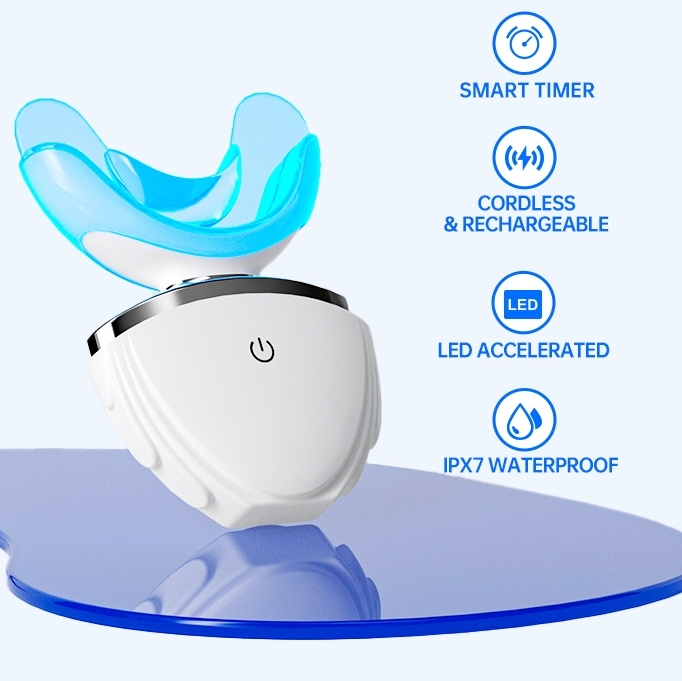
Food-Grade Materials Solve Gum Irritation?
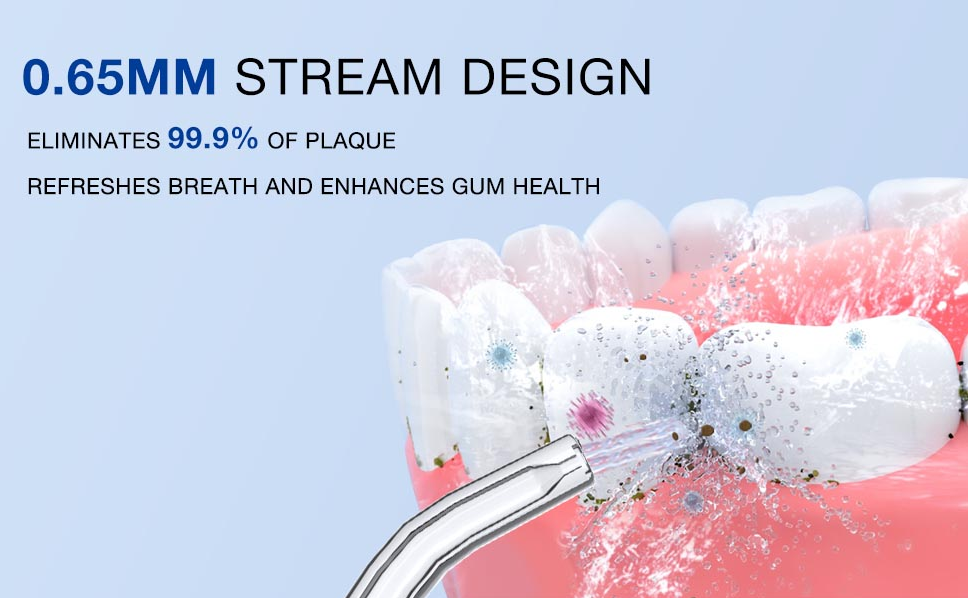
Ideal Pressure Settings for Sensitive Gums: Dentist Recommendations for Water Flosser Users

Improvement Record of Waterproof Defect of Water Flossers and the Latest Technical Solutions
Gentle Electric Toothbrush for Sensitive Aging Gums
Charging Time Efficiency & Oral pH Alteration: A Subtle Link?
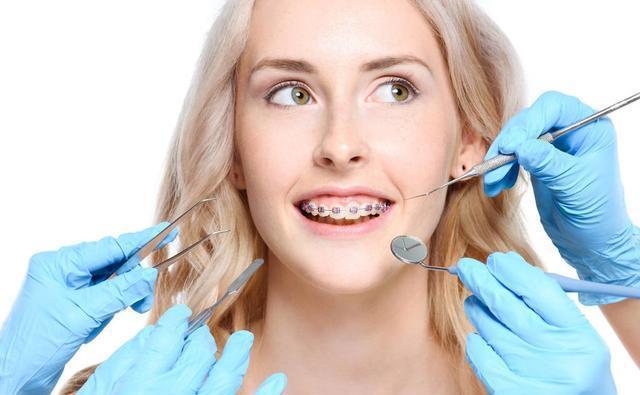
Best Dentist-Recommended Braces Cleaning Products for Braces Wearers

1200 vs 1800 water flosser pulse/Minute: Which Water Flosser Pressure Setting Works Best for Plaque Removal Without Gum Irritation?
Why Is Allergen Testing Critical for Post-Whitening Diets?
Why Do Efficacy Comparisons Focus on Bleach Breakdown?
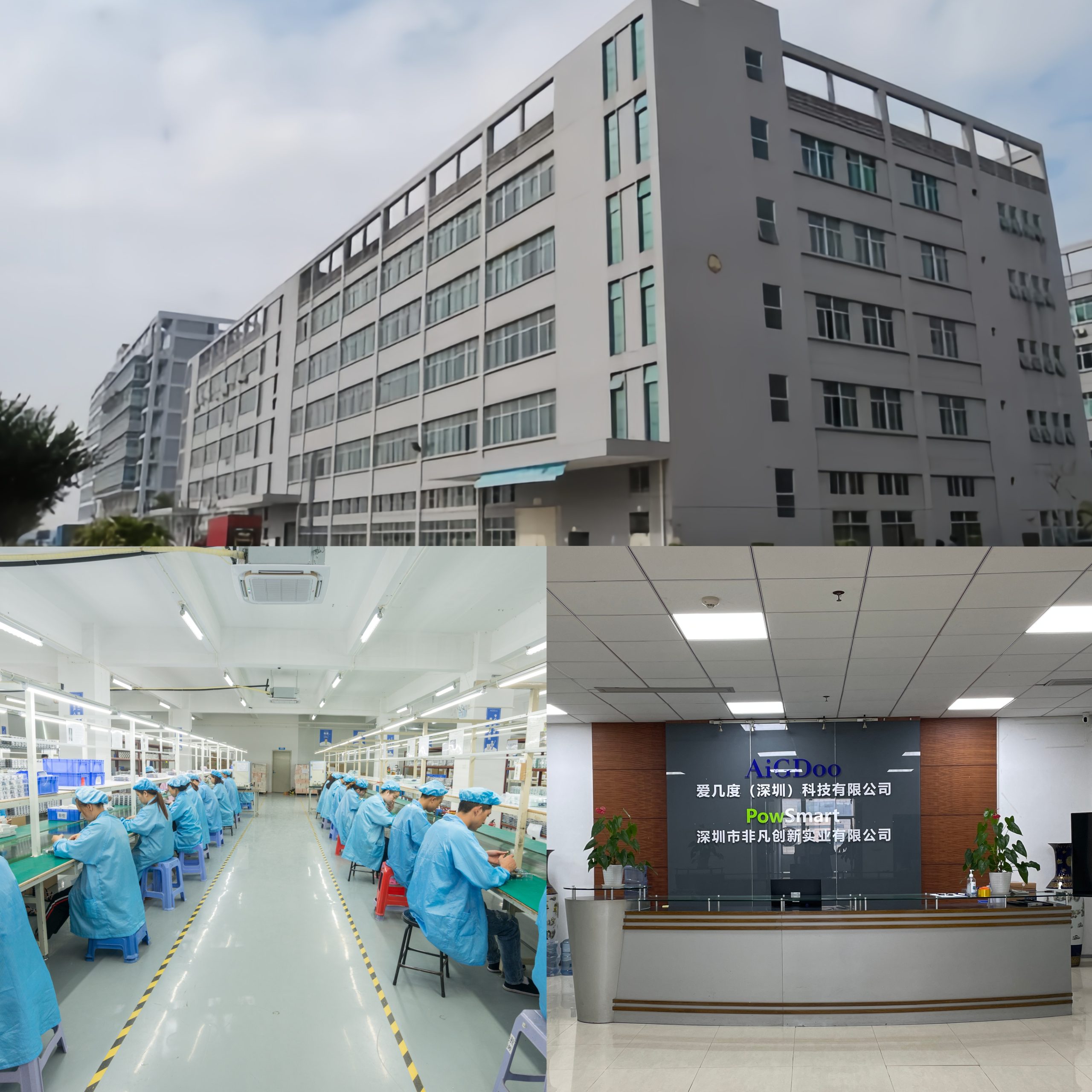
How to Establish a Stable Supply Chain for Oral Care Products? A Guide for Distributors
.jpg)
Where to test a Seattle urban toothbrush? Visit the Seattle demo store!
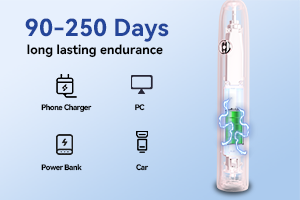
Wireless vs. Contact Charging: Which Is Better for Electric Toothbrushes?
Does Your Brush Fight Plaque Smartly?
Is Handle Slippage Causing Your Motor Overheating Crisis?
Occlusal Discomfort Plus Salivary Alteration – Alarming?
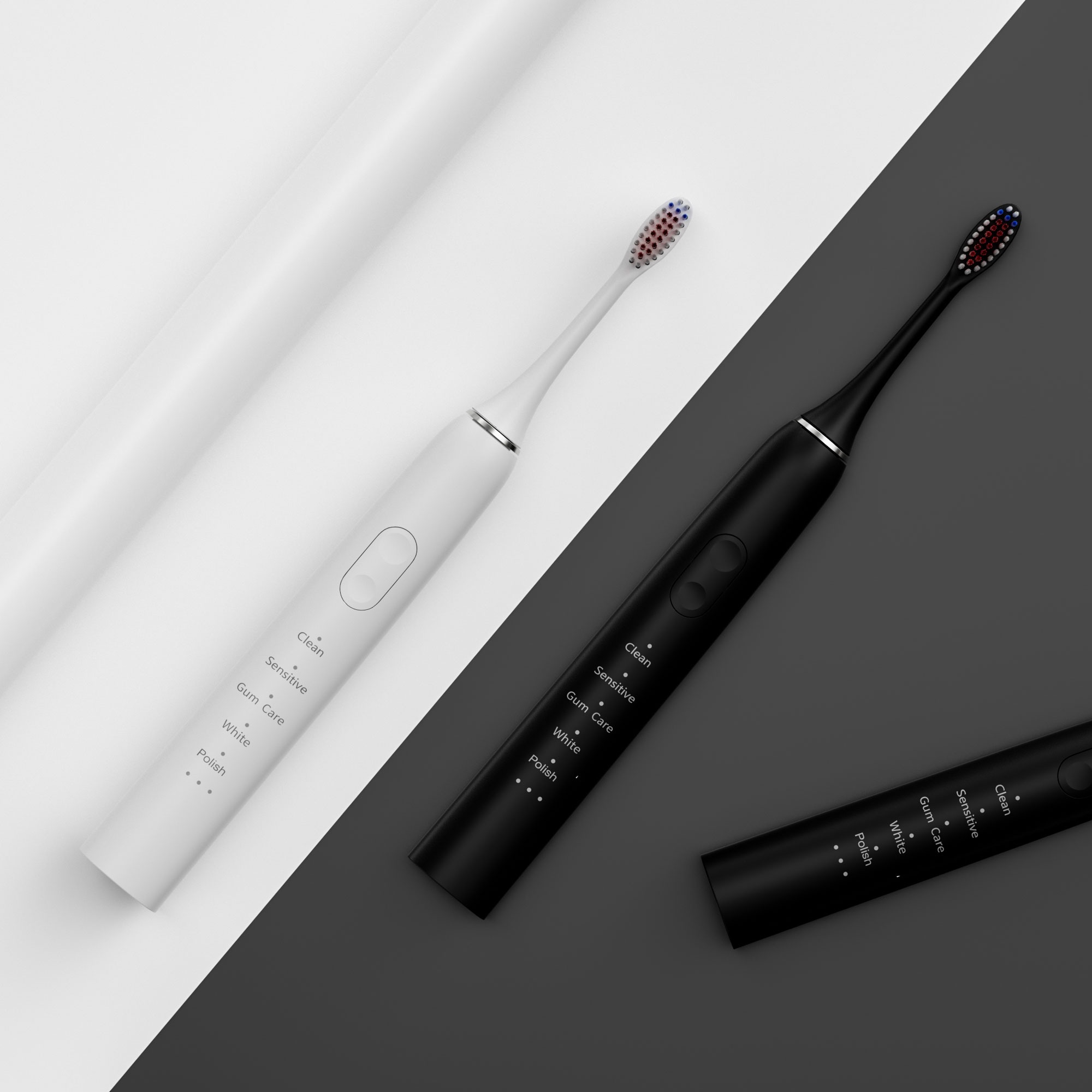
What types of batteries are currently available for electric toothbrushes?

electric toothbrush heads Charcoal Infuse-Round

electric toothbrush heads Ultra Soft

electric toothbrush heads Deep Clean

Private Label Whitening Gel

electric toothbrush heads Regular Clean
.jpg)
Florida Electric Toothbrush – Powsmart PTR-C8

Customization Teeth Whitening Gel

Electric toothbrush heads Charcoal Infused-Diamond
whstapp
whstapp
National Toll-Free Service Hotline
+86 755 86238638